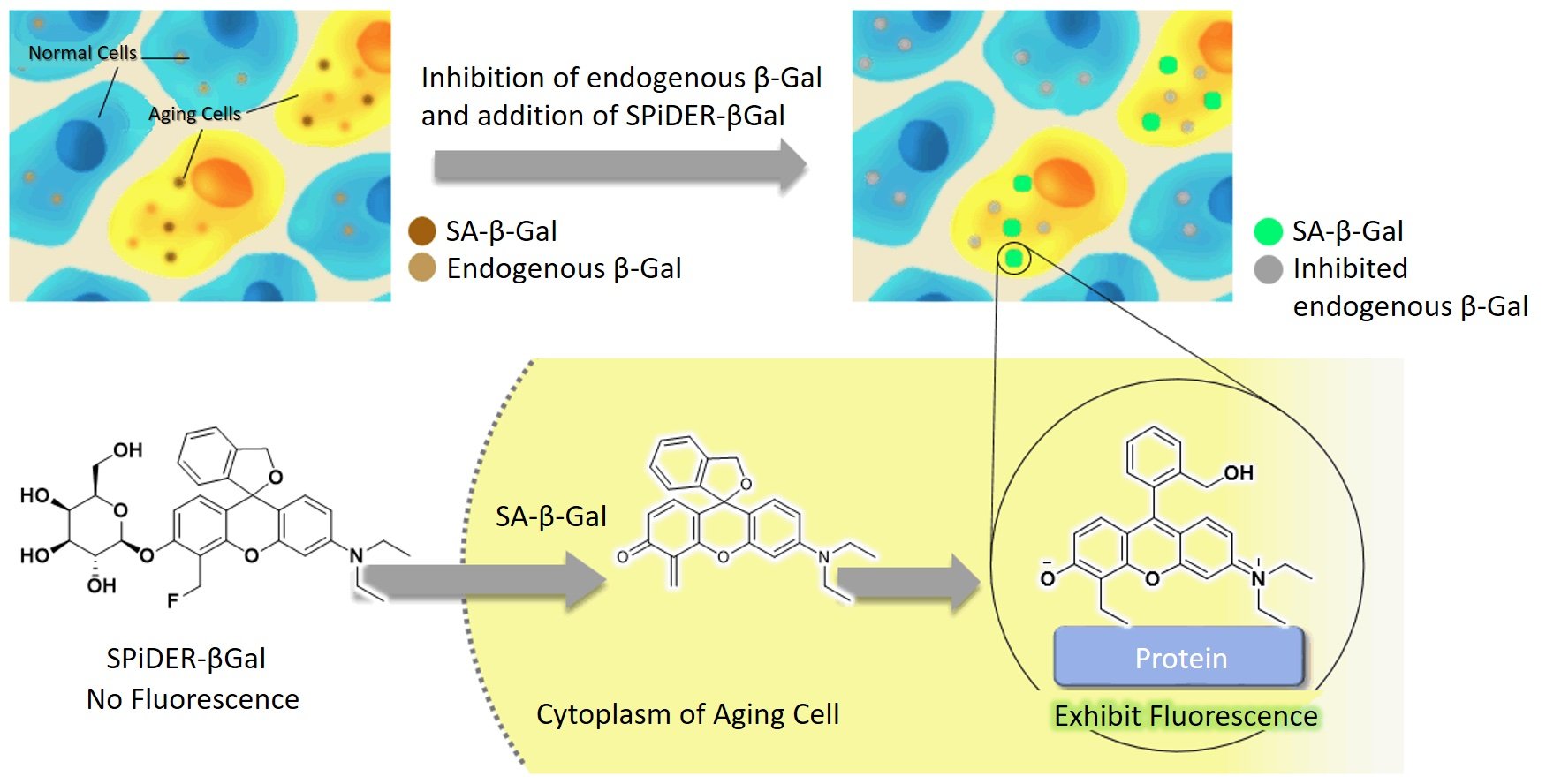Balancing motherhood, medicine, and identity in a state that tells you to hide.
In Florida, I stopped posting. Not because I’m ashamed of being queer — but because I no longer feel safe. This is the story of why I stay visible anyway, and how building community might just save us.
There is something uniquely heavy about being a queer medical student and solo mom in Florida. This is the first time in my life I’ve stopped posting openly on social media — not because I’m ashamed, but because I no longer feel safe. I’ve lived in New York and Toronto, where queerness was met with celebration or at least indifference. In Florida, it often feels like my existence — and that of my children — is being legislated out of public life.
When the Pulse massacre happened in 2016, I had a newborn in my arms. I was devastated. I left the country. The grief was too sharp, the fear too real. Years later, I returned to pursue my lifelong dream of becoming a physician. But returning meant navigating that same fear — as a parent, as a student, and as a visibly queer person in medicine.
Orlando Pride is held in October, not June. That change wasn’t just logistical — it was emotional. For many of us, the memory of Pulse is still too raw to celebrate in June, the traditional Pride Month. Many of my queer friends remain closeted or afraid to go out to bars. The visibility that once felt powerful now feels dangerous.
And yet, visibility still saves lives — both for patients and providers. As a second-year osteopathic medical student, I founded the Medical School Pride Alliance chapter at my institution to foster safety, community, and institutional change. We partnered with the Orange County Sheriff's Office to register our campus as an LGBTQ+ Safe Place. We opened a volunteer pipeline to Crew Health, supporting gender-affirming and HIV care. We initiated Safe Zone training and created spaces for LGBTQIA+ students and allies to connect and advocate.
Partnering for Safety: The Medical School Pride Alliance welcomed the Orange County Sheriff’s Office for a campus-wide LGBTQ+ Safe Place training, providing diversity education to security staff and building a more inclusive medical environment.
Visibility Still Saves Lives
I also lead a national research study on the experiences of LGBTQIA+ healthcare professionals across generations. This fall, I’ll present our findings at Women in Medicine (WIM) and GLMA’s Annual Conference on LGBTQ+ Health. What we’re uncovering is urgent and undeniable: when queer and trans physicians feel they must hide their identities, it reinforces the very stigma and disparities our patients face.
When queer and trans physicians feel they must hide their identities, it reinforces the very stigma and disparities our patients face.
Being LGBTQIA+ is a healthcare disparity. Trans men, for example, have higher rates of cervical cancer but lower screening rates due to medical trauma and misgendering. Queer youth are more likely to avoid care altogether. If future doctors feel unsafe being themselves, how can we expect our patients to feel safe in our care?
Being LGBTQIA+ is a Healthcare Disparity.
I know speaking up is risky. I know this piece could make me more visible — and more vulnerable. But I also know I’m not alone. If I can show up as my full self, maybe someone else will feel safer doing the same. And maybe, one day, it won’t be a risk at all.
So here’s my question to you:
What can we do — what can you do — to change the culture of medicine and make it safe for people like me to serve our community with pride?
Kicking Off with Pride: Leading our very first Medical School Pride Alliance welcome session — building community, visibility, and a safer space for LGBTQIA+ students from day one.
















































